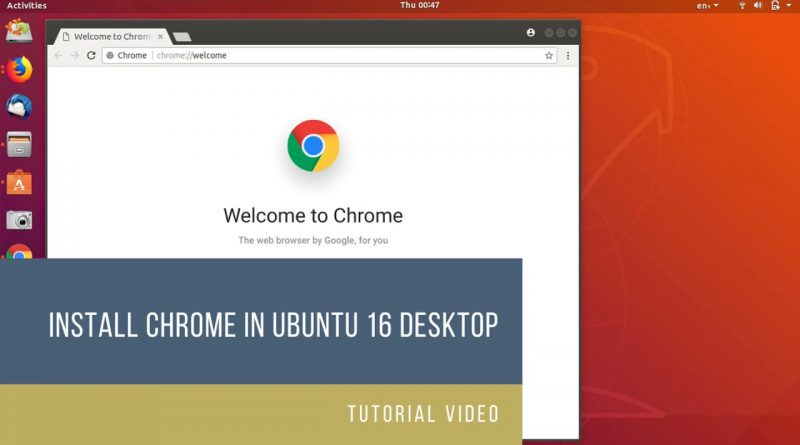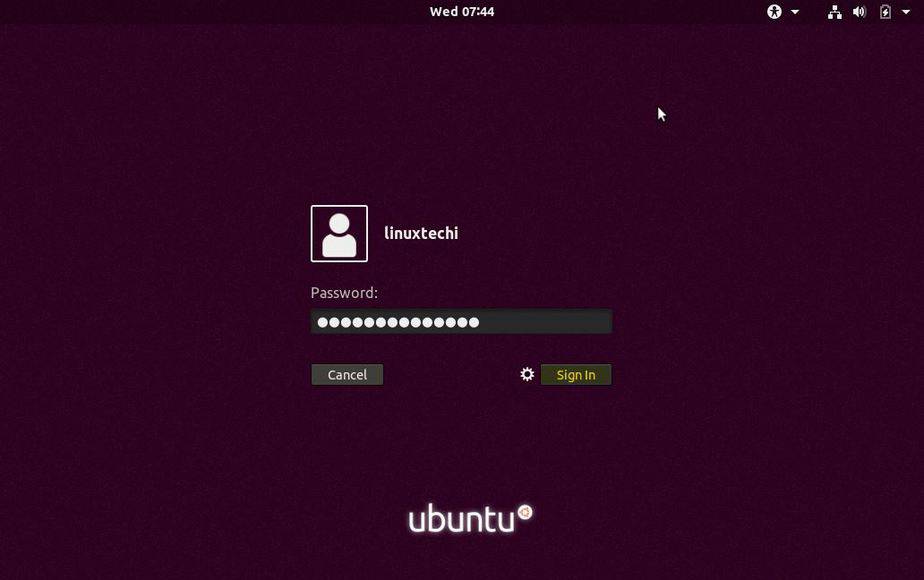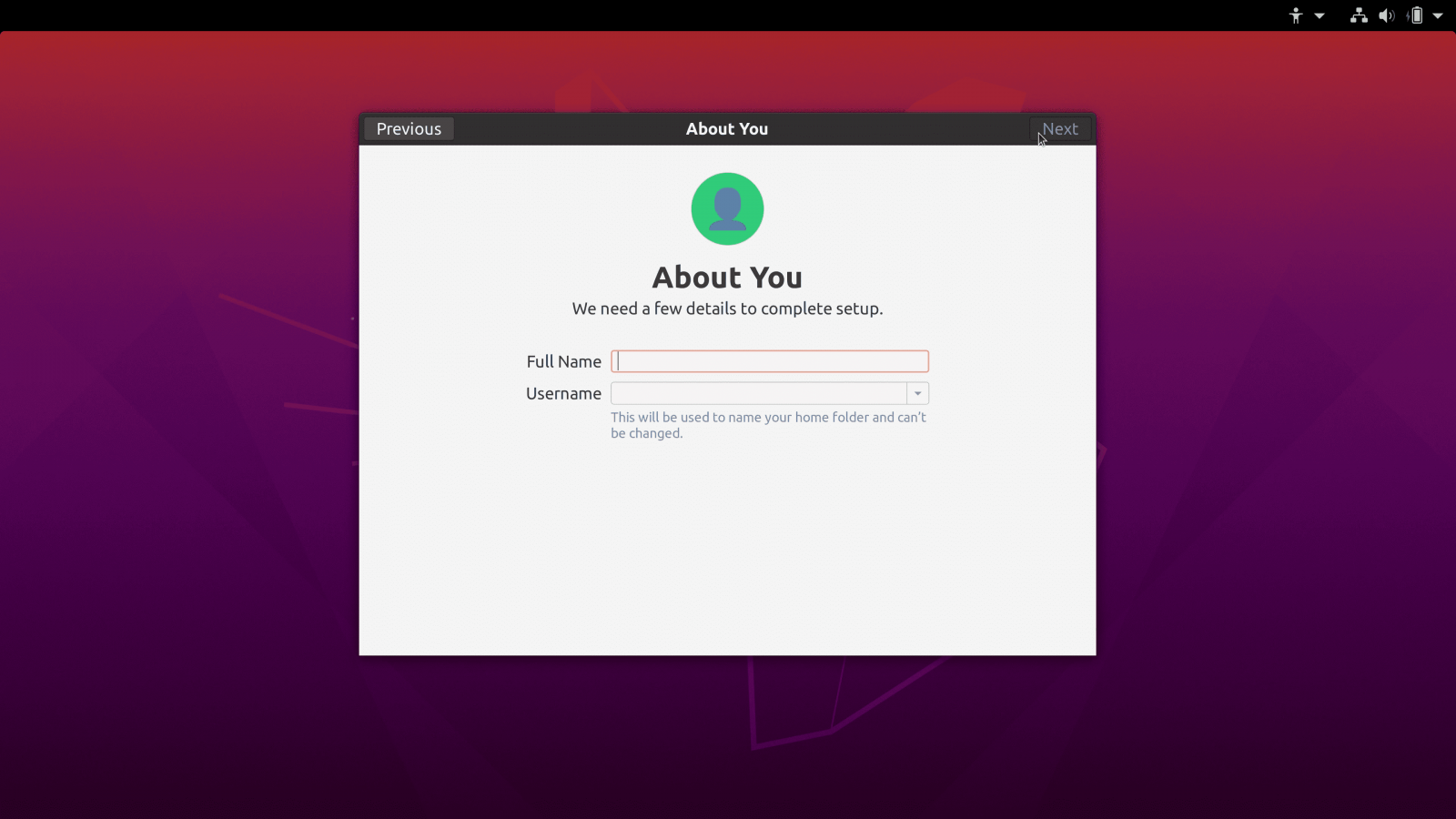
- #Ubuntu desktop login as root how to
- #Ubuntu desktop login as root install
- #Ubuntu desktop login as root password
Step 3: Remount the root with write access. Now you’ll be presented with different options for recovery mode.

#Ubuntu desktop login as root password
Reset Ubuntu password from recovery mode Step 1: Boot into recovery mode.

See however, if program you want to run as root without sudo is a shell (or a python, awk, perl), you can’t. Long answer: You must either have NOPASSWD in /etc/sudoers, or log as root.
#Ubuntu desktop login as root install
If you have a system based on the apt package manager, then type apt-get install sudo and push enter. You’ll receive a # symbol for a command prompt.

Type root, push enter and then type the password for the original root user. Hold down Ctrl, Alt and F1 or F2 to switch to a virtual terminal. All other sudo ed commands will still require a password. This will allow the user user to run the desired commands on host without entering a password. You can use the NOPASSWD directive in your /etc/sudoers file. What service can be run as sudo without a password? Then type this command: SET PASSWORD FOR = PASSWORD(‘your_root_password’) Feb 7, 2017. What is the password for root phpMyAdmin account? Thats easy probaly you need to be an administrator user for using sudo. Sudo password is the password that you put in the instalation of ubuntu/yours user password, if you don’t have a password just click enter at all. There is no Ubuntu Linux root password set by default and you don’t need one. The root account is locked in Ubuntu Linux. What is default password for Ubuntu root? Your boss would be happy to have a list of the users listed in the /etc/sudores file. If you are able to use sudo to run any command (for example passwd to change the root password), you definitely have root access. How do I know if I have root access Linux? Restart the SSH server: service sshd restart. Save the updated /etc/ssh/sshd_config file. Add a line in the Authentication section of the file that says PermitRootLogin yes. Test it your root password by typing the following command: su -.Įnable root login over SSH: As root, edit the sshd_config file in /etc/ssh/sshd_config : nano /etc/ssh/sshd_config. OR set a password for root user in a single go: sudo passwd root. The procedure to change the root user password on Ubuntu Linux: Type the following command to become root user and issue passwd: sudo -i.
#Ubuntu desktop login as root how to
How to to run sudo command without a password: Gain root access: su – Backup your /etc/sudoers file by typing the following command: Edit the /etc/sudoers file by typing the visudo command: Append/edit the line as follows in the /etc/sudoers file for user named ‘vivek’ to run ‘/bin/kill’ and ‘systemctl’ commands. These root passwords become predictable passwords when one becomes compromised. In an effort to remember their passwords, most users will select common “root” words with easily guessable variations. That is a daunting number of unique passwords to memorize. Root Passwords: The Root of Password Problems. When prompted for a password, enter your user password. If you’re in the desktop environment, you can press Ctrl + Alt + T to start the terminal. How do I login as root in Linux terminal? If the login window is a list of users, click Other, then log in. At the login window, log in with the user name ”root” and the password you created for the root user. Log in as the root user Choose Apple menu > Log Out to log out of your current user account.

It can be essential to take note that you require to become an certified sudoer to execute all the root consumer operations described in this article. Ubuntu gives it comprehensive root liberties and it is certainly included to the listing of sudoérs in the /étc/sudoers file. By default, the very first user created when you install Ubuntu will be provided the sudo privileges. You can possibly temporarily become root user or you require to supply a password with the sudo command word that assists in keeping accountability for all actions of the consumer as an boss. The latest versions of Ubuntu, by default, do not come with a root consumer with a particularly encrypted security password it offers hence developed a efficiency by the name of “sudó” which you cán make use of to execute various management operations. Before beginning with how to become a root consumer in order to carry out delicate Ubuntu operations, it will be essential to have got some knowing of the importance of a root user in Linux.


 0 kommentar(er)
0 kommentar(er)
